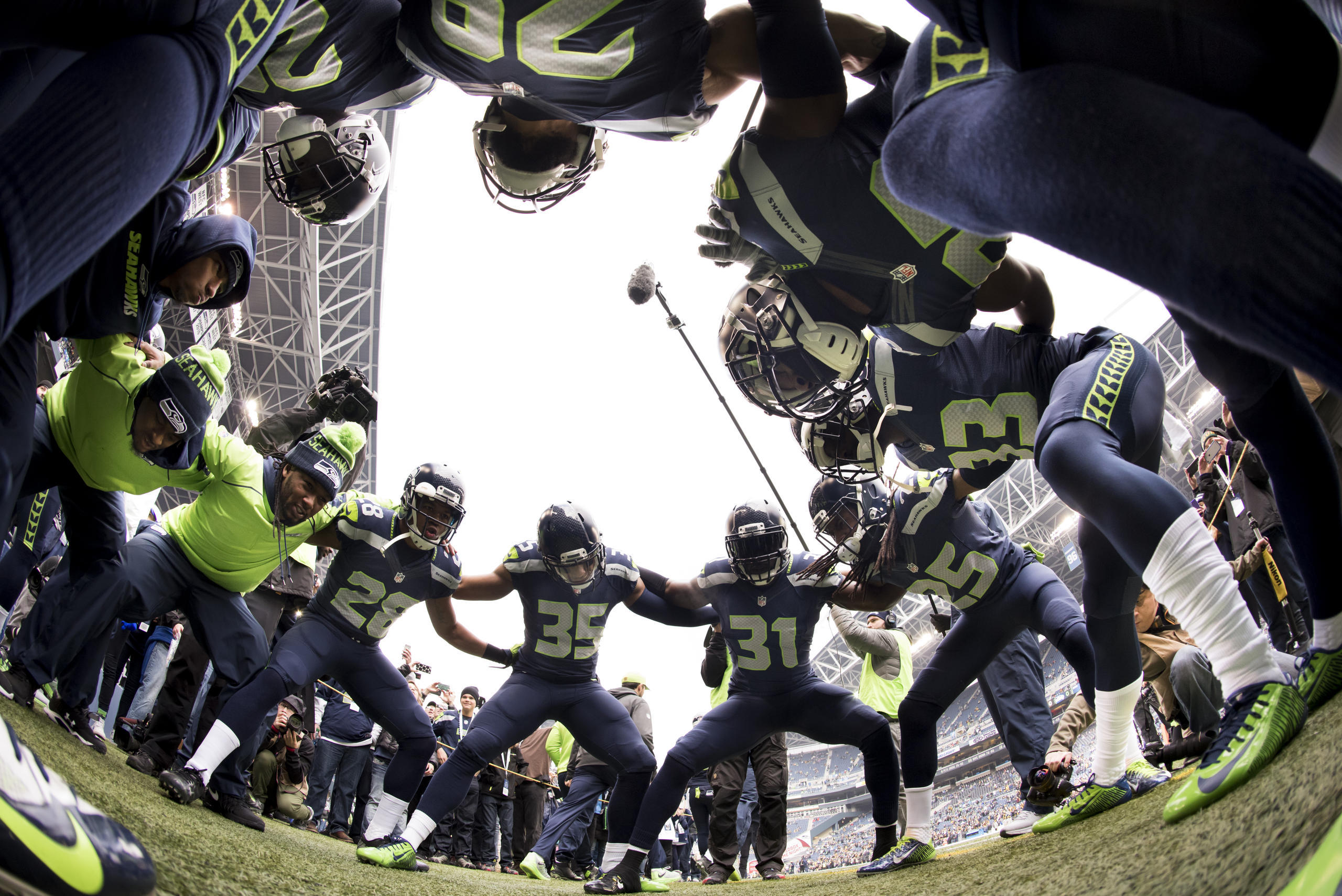The true NFL off-season is almost upon us. Those of us who have effectively hibernated during this soul-sucking lockout can be excused if we feel the need to reacquaint ourselves with what exactly the 2010 Seahawks were. This will be the first in a series of articles examining that team, and the implications for the imminent 2011 off-season.
Pete Carroll and Jim Mora were alike in at least one way: both coaches spent tons of time talking about establishing the run and then ran out a rushing attack that ranked near the bottom of the NFL. Carroll added offensive line guru Alex Gibbs, massive guard/tackle Stacy Andrews, and later Marshawn Lynch. None of it had the intended impact. The Seahawks finished 29th in total rushing attempts (385, ~24/game), 31st in rushing yards (1424, 89/game), and 29th in yards/attempt (3.7/att).
Some announcers and analysts will tell you that a solid running game is they key to championship teams. They are wrong. No team that led the league in rushing won the Super Bowl as far back as I looked (2000). A great passing offense and/or scoring offense is a much better indicator of championship success. However, a strong rushing game does play an important role in winning regular season games. It runs more clock, keeping the opposing defense on the field longer and the running team’s defense resting on the sidelines. Running is less risky which can lead to fewer turnovers, and the success found there can be more repeatable.
Rushing yards is not necessarily the key indicator of winning running games. A few of the Top 10 rushing teams, for instance, had losing records last year. Rushing attempts has a much stronger correlation. All of the teams in the league that were Top 10 in rushing attempts had at least a .500 record, and 8 of 10 had winning records. Six of the Top 10 made the playoffs. Again, the Seahawks were fourth-worst in the entire NFL in this category last season.
Rushing attempts pile up not only because a coach is committed to running the ball, but also because teams that get ahead early in games are more likely to control the ball and run clock. They can afford to run the ball. Likewise, teams that are constantly playing from behind are more likely to pass the ball. The takeaway is that it is not as simple as “run more and you win more.” Winning teams, with good defenses and good scoring offenses get more chances to run the ball.
The 2010 Seahawks often chose to ignore this football logic, passing in obvious running situations, and dialing up significantly more passes even with the game tied or the team ahead. This, possibly more than any other factor, is why Jeremy Bates is no longer the offensive coordinator. Carroll openly discussed his frustration with the play-calling on the radio through the season, and acted on his frustration almost immediately after the season ended.
Carroll has added Tom Cable, used his first two draft choices on offensive lineman, and very likely will sign a Pro Bowl caliber left guard to pair up with young star-to-be left tackle Russell Okung. A completely revamped offensive line is not a recipe for immediate rushing success, but most lineman will tell you it’s easier to fire out and run block than it is to learn pass protection schemes. John Moffit and James Carpenter both come from run-first systems and are physical players. All it takes is a few good repeatable plays to bring a running game around.
The other oft-forgotten aspects of rushing attacks are the fullback and tight end positions. Marshawn Lynch was a much better runner with Robinson in the lineup than without. Justin Forsett did better in single-back formations. The Seahawks have no fullback on the roster, so that’s a position to watch in the later stages of the free agency period. John Carlson is a tragic blocker, and that’s not going to change. Cameron Morrah is just a smidge better. Anthony McCoy is the hope at that position in terms of catch/block combinations.
Knowing that the Seahawks have very little chance of being a powerhouse passing team in 2011, the realistic goal for their running attack would be to break the top half of the league in rushing attempts. Commit to establishing that part of their offense. Change the character of the team. Begin building the next generation of dominant lineman. The way the running game evolves in 2011 will be a key measure of what heights this team can reach in the coming years.
